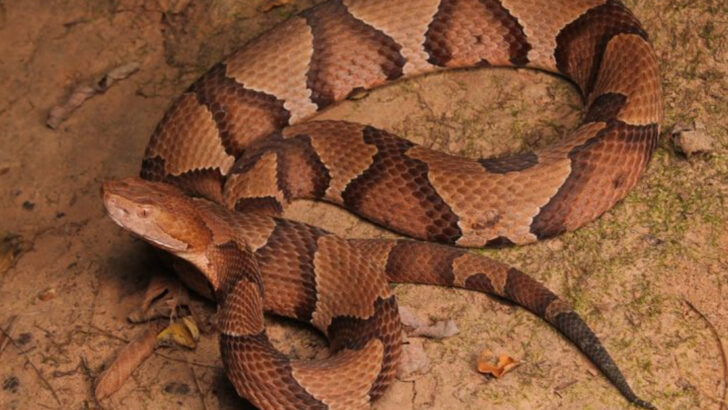Copperhead snakes aren’t just creepy—they’re downright dangerous. These venomous reptiles slither through parts of the U.S., blending into their surroundings like silent predators. And let’s be clear: they’re not something you want to stumble upon during your hike.
The U.S. states where copperheads are most commonly found also happen to be the places where they pose the greatest threat. From the swamps of the Southeast to the woodlands of the Midwest, their venom can cause intense pain, tissue damage, and even death if left untreated.
But don’t panic. Knowing where these snakes thrive is your first line of defense. They aren’t out to get you, but your path and theirs might cross. So, keep your eyes peeled in copperhead territory—you don’t want to be caught off guard.
Texas
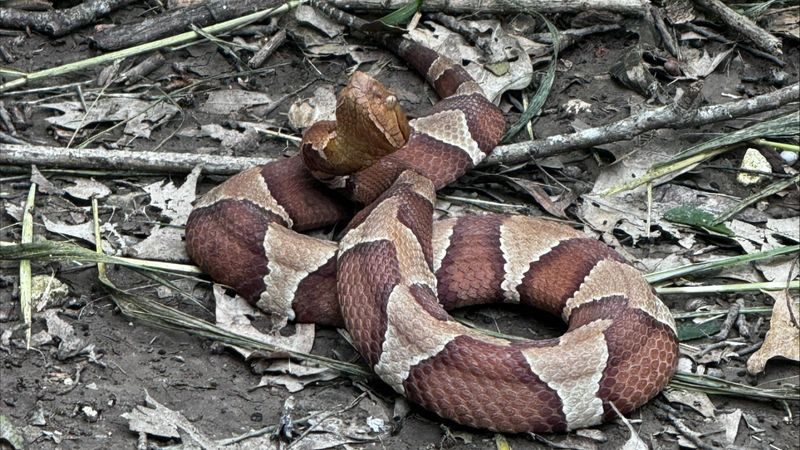
In Texas, copperhead snakes thrive in diverse environments, from arid desert landscapes to lush forests. These snakes are often found lurking in leaf litter or wooded areas, where they blend seamlessly with the surroundings. While they are not aggressive by nature, they will defend themselves if threatened. Residents and visitors are advised to stay vigilant during warm months when copperheads are most active. Hiking enthusiasts should wear sturdy boots and remain on designated pathways to minimize encounters. With their potent venom, a bite requires immediate medical attention to prevent severe reactions.
North Carolina
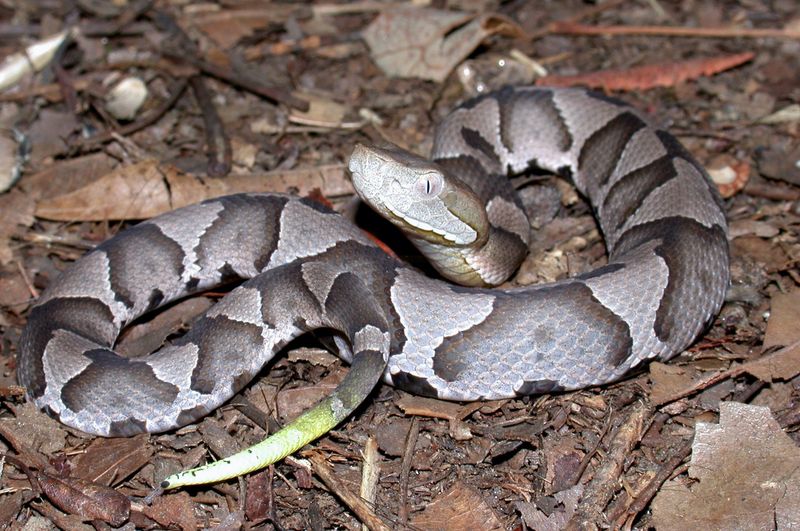
North Carolina is home to a significant population of copperhead snakes, particularly in its Piedmont and coastal regions. These snakes are adept at camouflaging themselves among the fallen leaves and pine needles, making them hard to spot. Caution is advised when walking in wooded areas or gardening. Wearing gloves and boots can mitigate the risk of an unexpected encounter. Copperheads in North Carolina are known for their distinctive hourglass patterns and quick defensive strikes. While fatalities are rare, their bites can be painful and require prompt medical treatment to alleviate symptoms.
Missouri
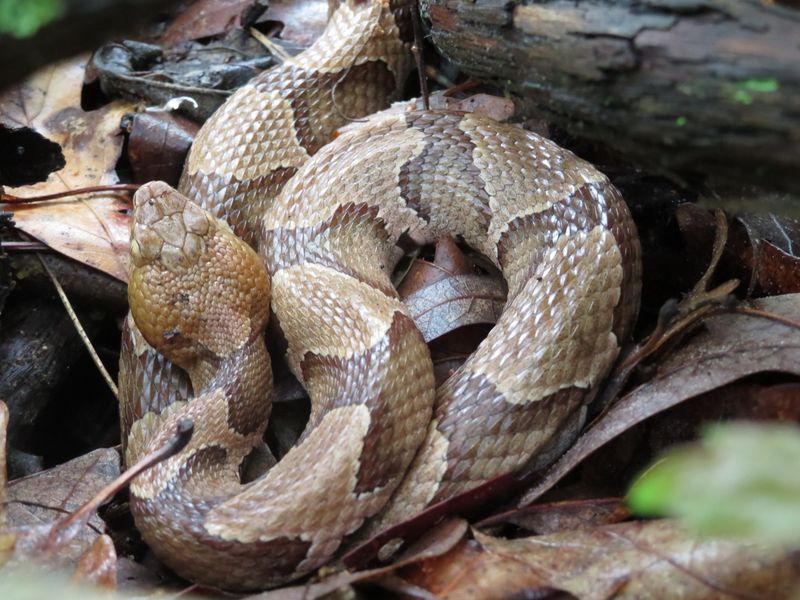
Missouri offers a surprising habitat for copperhead snakes. These reptiles prefer the state’s rich forests and rocky hillsides. Hikers exploring the scenic Ozarks should remain cautious.
The copperhead’s natural camouflage allows it to blend seamlessly into the leaf litter. Spotting one can be a challenge.
For those unfamiliar, it’s crucial to wear boots and long pants when wandering through these areas. The snakes are mostly active at dusk. Thus, evening strolls require extra vigilance. Remember, while copperhead bites are rarely fatal, immediate medical attention is key to recovery.
Virginia
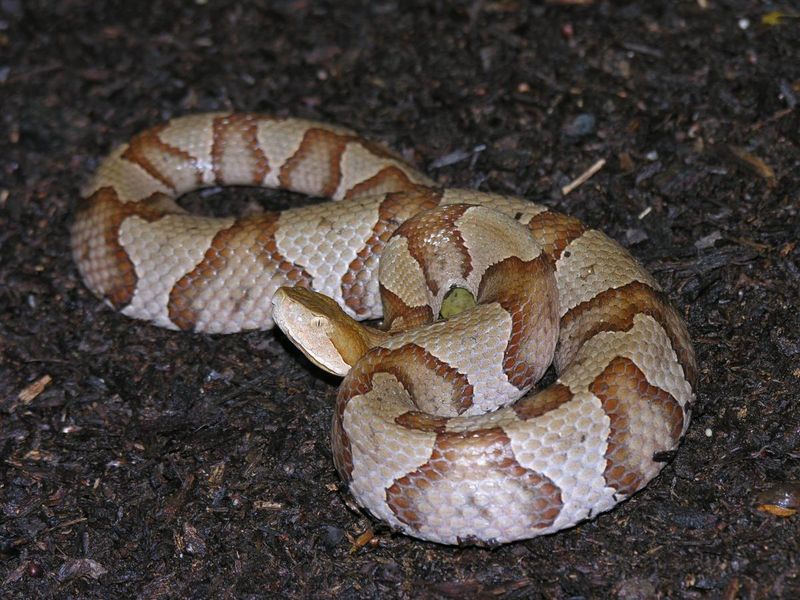
In Virginia, copperhead snakes frequently find their way into gardens and yards. Residents often encounter these serpents in suburban areas.
Families with children should be particularly cautious. Teach the little ones to never approach or try to touch a snake.
Copperheads are attracted by the abundant wildlife in gardens, like rodents and insects. Keeping yards clean and free of debris can help deter them. Pet owners should also be wary during walks. Both humans and pets should avoid tall grass where these snakes might lurk. Awareness is the first step in prevention.
Oklahoma
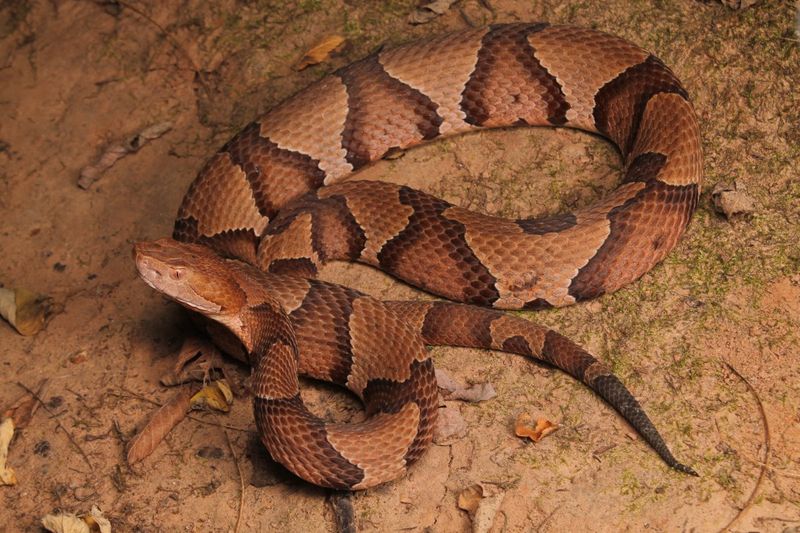
Oklahoma’s sprawling prairies and farmlands are home to the elusive copperhead. Ranchers and farmers might spot these snakes coiled underbrush.
Their muted colors allow them to remain virtually invisible against the earthy backdrop. This can lead to accidental encounters.
When working the land, wearing gloves is advisable. Watchful eyes can prevent unexpected surprises. The state’s warm climate offers a perfect environment for these snakes to thrive. During cooler months, sightings decrease, but caution should remain a year-round practice. Education about these creatures can enhance safety for all.
Georgia
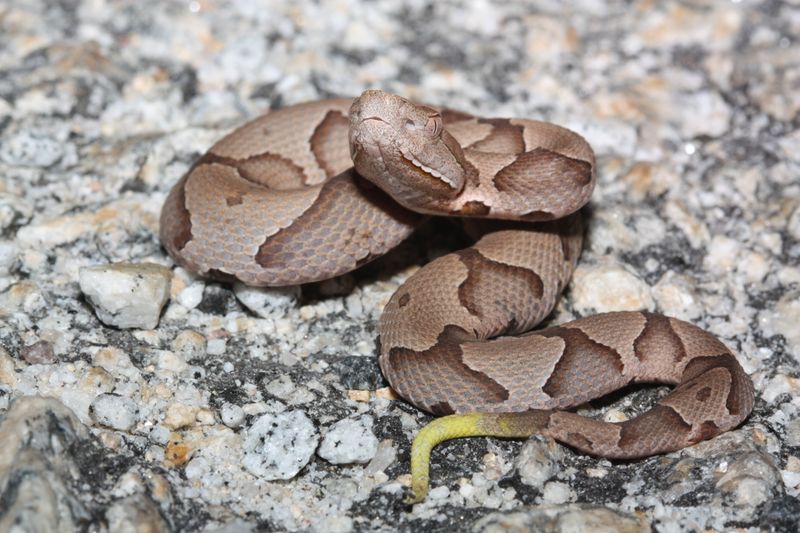
Georgia’s woodlands and riverbanks provide an ideal setting for copperheads. Anglers and campers should tread carefully along water bodies.
These snakes are adept swimmers and might be seen crossing streams or resting near the water. Early morning fog adds a mysterious touch to their habitat.
Fishing trips should include snakebite first aid kits. Long sleeves and pants are wise choices for protection. Copperheads are vital to the ecosystem, controlling pest populations. Appreciate them from a distance to ensure a safe and enjoyable outdoor experience.
Arkansas
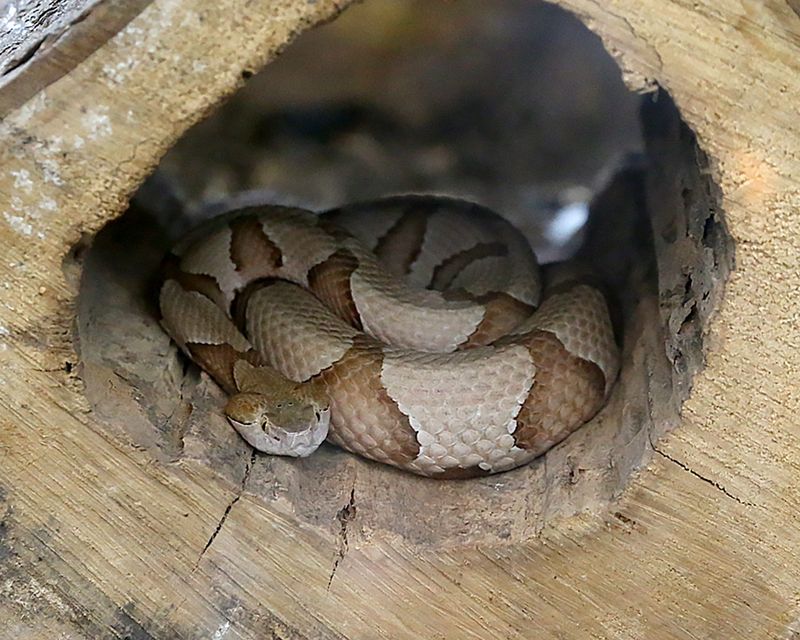
Arkansas’ rugged landscapes are perfect for copperhead snakes. The state’s diverse terrain includes mountains and dense forests.
Outdoor enthusiasts often traverse these areas unaware of the lurking reptiles. The snakes’ coloration mimics the earthy tones of their surroundings.
Hiking in groups can reduce the risk of surprise encounters. Educate yourself on snake anatomy to identify them correctly. While their presence may be daunting, understanding their role in nature fosters respect. Keep a safe distance and enjoy what Arkansas’ nature has to offer without fear.

